الوصف
Displayware
Displayware like charger plates and risers can enhance the appearance of your buffet table or plated presentation.

Tabletop Signs
Whether you need table numbers, “reserved” signs, or even customizable signs to label your offerings, we carry all the tabletop signs you need.
4 CATEGORIES
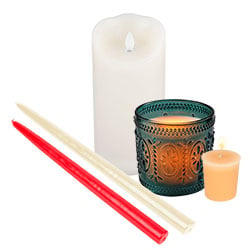
Restaurant Candles and Table Lamps
Add some ambiance to your dining room with these restaurant candles and table lamps.
6 CATEGORIES
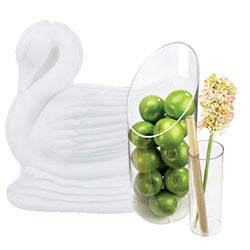
Decorations
From bud vases to ice sculpture molds, we carry all the decorations you need for an impressive tabletop display.

Beverage Fountains and Dispensers
Beverage fountains can be a great focal point for banquet halls, buffet lines, or catered events.

Shop by Brand
Choose displayware from well-known brands and create attractive food displays for your buffet or catering banquet tables.
Top Products
Other Tabletop Supplies
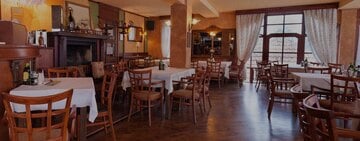
Designing Your Restaurant’s Dining Room Layout
Your restaurant floor plan is a major component of your restaurant concept. It sets the scene for your guests’ dining experience and separates you from competitors, but it’s not just about aesthetics. Restaurant seating layouts must meet government regulations, accommodate the proper capacity, and work with your floor plan. Consider the following four important factors before opening or renovating your venue. 1. Understanding Business Regulations and Seating Capacity Before considering potential restaurant dining room design ideas, you need to determine whether you’ll be using one or multiple rooms and then allocate all available space. Local code requirements could determine how much square footage you need per customer, as well as aisle width. Contact your local fire department or other government agency to inquire about these measurements. Their decision will be influenced by the number and size of exits available at your venue. Once you’ve reviewed any regulations, you can decide how many square feet you want to allot per customer. Available space in your restaurant seating layout determines the comfort of your guests. According to the North American Association of Food Equipment Manufacturers (NAFEM), the following chart lists the average allotted square feet per customer by service type. Type of Operation Space Allowance Per Seat School Lunchroom / Cafeteria 9 – 12 sq. ft. Banquet Room 10 – 11 sq. ft. Table Service (Minimum) 11 – 14 sq. ft. College or Business and Industry Cafeteria 12 – 15 sq. ft. Table Service at a Hotel, Club, or Restaurant 15 – 18 sq. ft. Commercial Cafeteria 16 – 18 sq. ft. Counter Service Restaurant 18 – 20 sq. ft. You’ll also need a passage area of 18″ between tables and chairs. However, you might want to create wider aisles to accommodate wheelchairs. The Americans with Disabilities Act (ADA) requires at least 36″ wide aisles. Also, consider your venue’s needs. Fine dining restaurants need to allow adequate room for meal carts for tableside service. Meanwhile, family-style restaurants may use bussing carts to clear tables. Both need enough space to easily maneuver around the dining room. Remember to be flexible. You may realize what works on dining room design blueprints may not be comfortable in reality. 2. Choosing Furniture Furniture Quality As you consider different furniture, reflect on your business’s long-term plans and goals. The furniture you choose depends on whether you are operating a fine dining or casual dining establishment. Fine dining guests expect to have a high-quality dining experience, from food to furniture. Regardless of your dining atmosphere, do not sacrifice quality. Your furniture is an investment; therefore, you should avoid buying non-commercial furniture. The price of commercial restaurant furniture reflects its ability to handle everyday wear and tear for years. For quality sanitation, purchase tables, chairs, and booths that can be easily wiped down and cleaned. Plus, all fabric furniture should be stain resistant and colorfast. Don’t forget to consider materials and fabric patterns that will complement your decor and desired environment. Furniture Shape Furniture shape can also affect your customers’ dining experience. Round tables encourage conversation, but square or rectangular tables are space-efficient. However, for cafeterias or fast casual venues, you’ll need to consider tray size. The tables must be large enough to accommodate the intended size, shape, and number of trays. Many venues have added two-person tables, as they are perfect for dining couples and prevent leaving two empty seats at a four-person table or booth. Plus, these small tables are great for sliding an addition onto another table or the end of a booth to accommodate larger parties. Furniture Style When brainstorming dining room design ideas, consider the two different styles of furniture placement: anchored and portable. Anchored seating refers to any furniture attached to the wall or floor. Booths are the most popular type of anchored seating. Commonly referred to as “floating tables,” portable tables and chairs can be placed anywhere. These seats are typically seen in the middle of dining rooms, away from walls or other structures. There are benefits to both styles; however, the best approach for a high-revenue business is a balanced combination of booths, as well as large and small tables. According NAFEM, a minimum of 5% of total seating should be accessible to those in a wheelchair. This can be accomplished through both styles of furniture depending on table height. Anchored Booths Pros Allow optimal leg room Fill nooks and spaces between columns Space-efficient and can accommodate more people for higher profits during peak hours Create a secluded dining area Cons Cannot be easily renovated May not accommodate larger or elderly guests Guests are more likely to linger at anchored seating, minimizing table turnover How to Move a Double Booth Through a Door Once you’ve decided that anchored booths are a good fit for your business, it can be a challenge to get them into your space. In the following video, we show you how to fit a double booth through your restaurant’s door. style> Portable Tables and Chairs Pros Allows mobility to accommodate large parties or easy movement during renovations Guests are less likely to mingle, creating a high table turnover and more profit per table Accommodate larger and elderly guests Cons Not as space-efficient as anchored booths Table base can constrict guests’ leg room Tabletops and chairs may rock due to uneven or broken legs or bases 3. Deciding on a Room Layout Before beginning your restaurant dining room design, decide whether you want one open space or several smaller rooms. Some restaurant styles may excel with one large room, while others need additional dining areas to accommodate private parties. Multiple Rooms Pros Easier to anchor tables for consistent restaurant seating layout Perfect for positioning tables along walls or windows Allow for room decor themes or customization Create private dining options with controlled volume Option to host private parties in a secluded room with controlled volume Cons Potentially more challenging for wait staff to navigate or hosts to gauge available tables May be less likely to accommodate very large parties or events Permanent walls limit future renovations Open Rooms Pros Ideal for portable tables, away from fixtures and walls Anchored seating possible against walls, windows, or columns Enable customers to enjoy the entire room, visually and acoustically Can accommodate very large parties Temporary partitions or dividers on casters can break up the room as needed Cons Can become a loud environment, not conducive for conversation Decor and ambiance could be lost in the large room Could create aisle traffic, making it difficult for wait staff to navigate Bar Seating If your venue has a bar, you need to leave sufficient room for furniture and patrons. Here are a few considerations: Allot a strip of floor space along the bar, ranging 3 1/2′ to 4′ wide, for barstools and potential guests Leave 2′ per barstool Divide the bar length by 2 to see how many barstools you can fit comfortably Remember to leave a comfortable amount of space between the bar and tables — at least the width of your aisles 4. Creating an Overall Experience Prior to opening your restaurant, sit in every seat to learn about potential customer complaints. As you try different seats, you may notice a direct view into the kitchen, poor restaurant lighting, or a draft from the front door that impacts your restaurant floor plan. If you realize these concerns before opening, you’re more capable of revising your restaurant dining room design and minimizing your amount of unhappy customers. Remember to reference seating regulations when deciding on furniture and the room layout of your new restaurant. Now that you have all of the information you need to develop the floor plan of your restaurant, have fun creating a comfortable space for your guests!
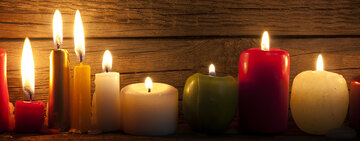
Types of Candles
Traditional and flameless candles are an excellent way to add ambient lighting to your venue. Use this guide to explore and compare the various candles we offer so you can pick the style that best fits your needs!
Create a Memorable Presentation with Our Selection of Tabletop Display Items
Having the proper tabletop display is one of the most beneficial ways to create an inviting atmosphere in your restaurant. Our various tabletop decor pieces will accent your table covers and place settings. Whether you want to present appetizers and desserts on risers, or you want to set out floral arrangements and centerpieces, you’re sure to find the perfect options to complement your establishment’s decor.
Our selection of tabletop display products includes table lamps, candles, tea lights, and other lighting fixtures that will set the mood for romantic holidays, anniversaries, and more. You’ll also find tabletop decor pieces like charger plates that will add more color to your tables, giving them an eye-catching appearance when customers sit down.
In addition to adding color to your restaurant’s dining area, you can also browse our many tabletop display products that will bring dimension to the room. Choose from condiment jars, display risers, fountains, and other products that will catch your customers’ eyes and complete their overall dining exp


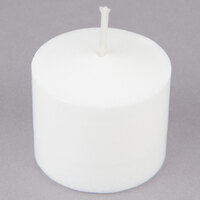
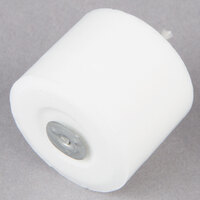
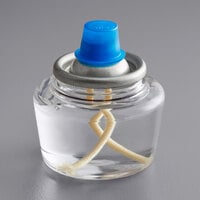
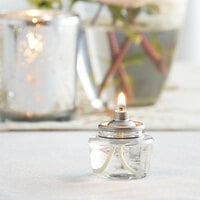
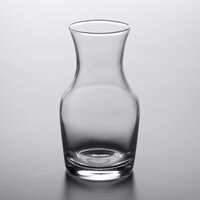
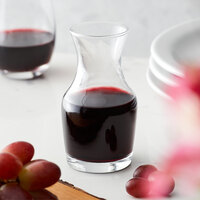
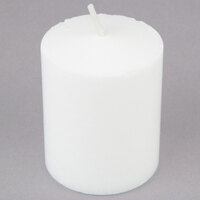
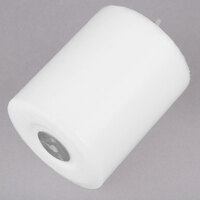
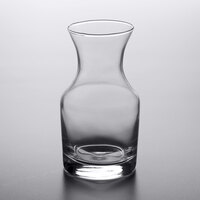
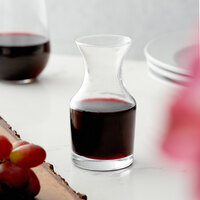
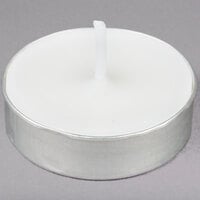
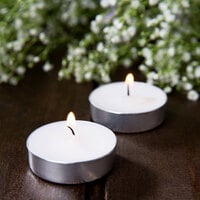
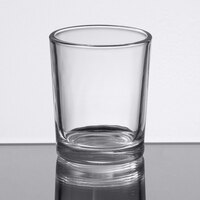
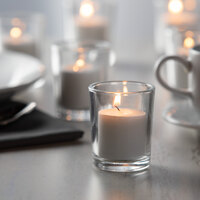
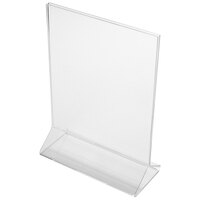
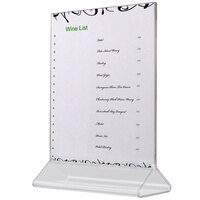
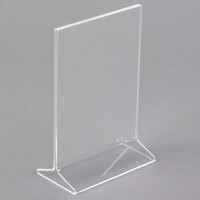
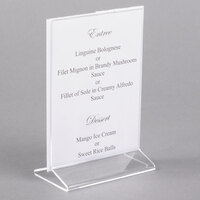

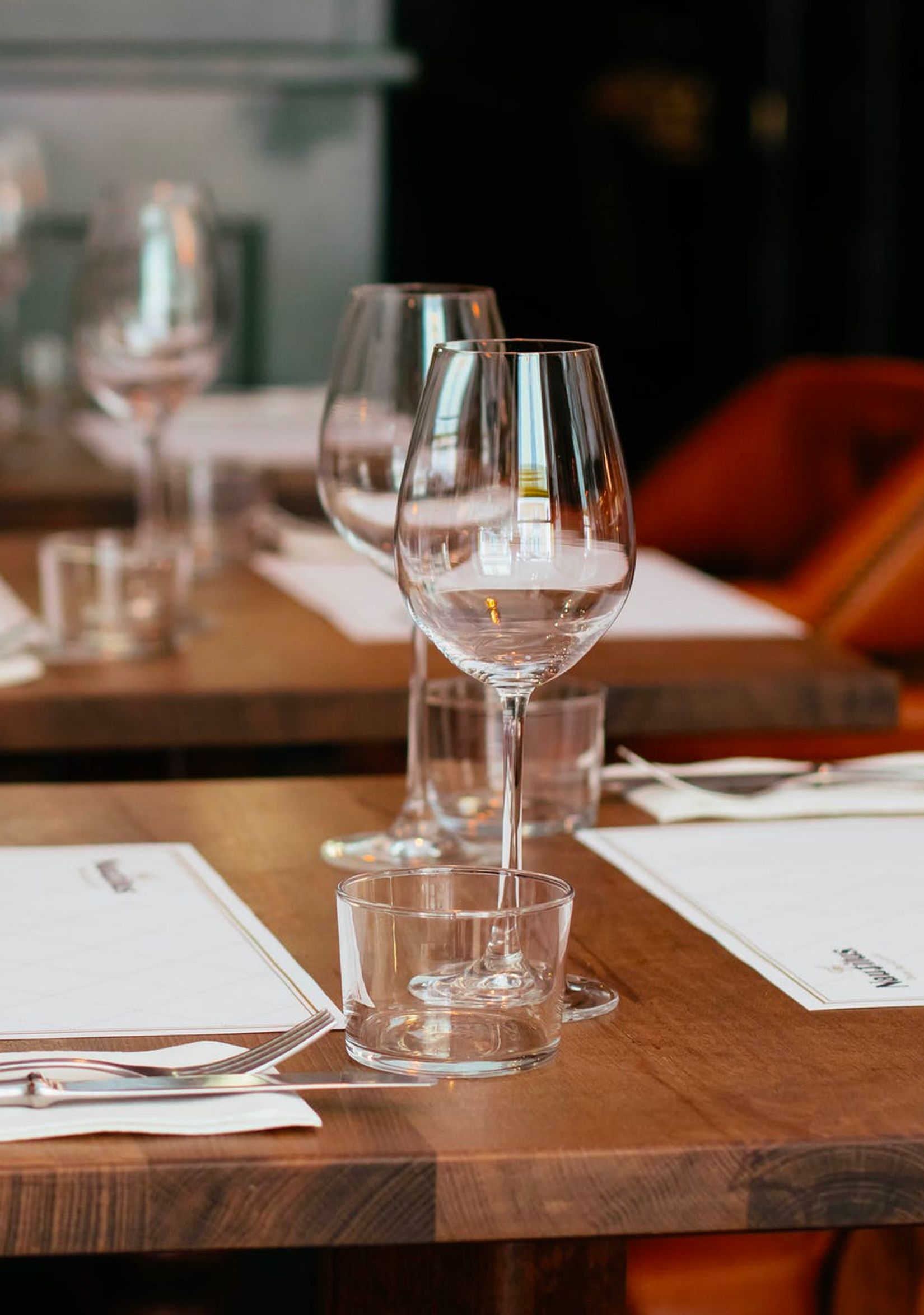
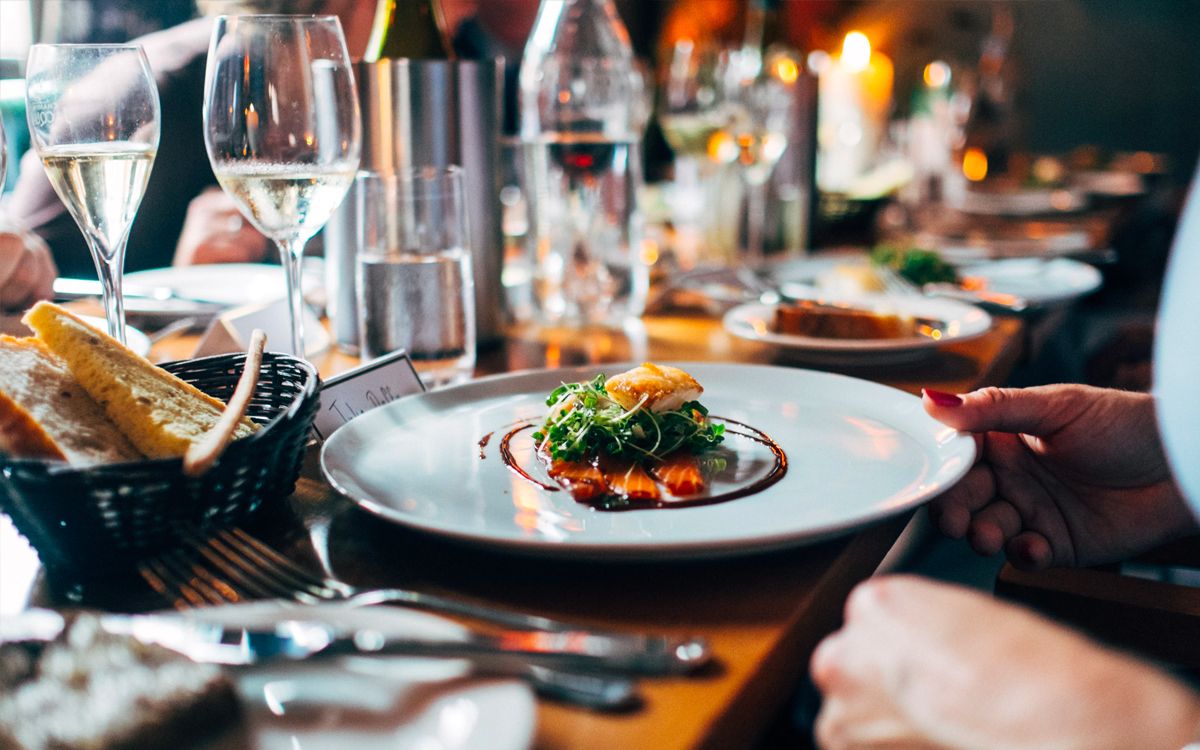

المراجعات
لا توجد مراجعات بعد.